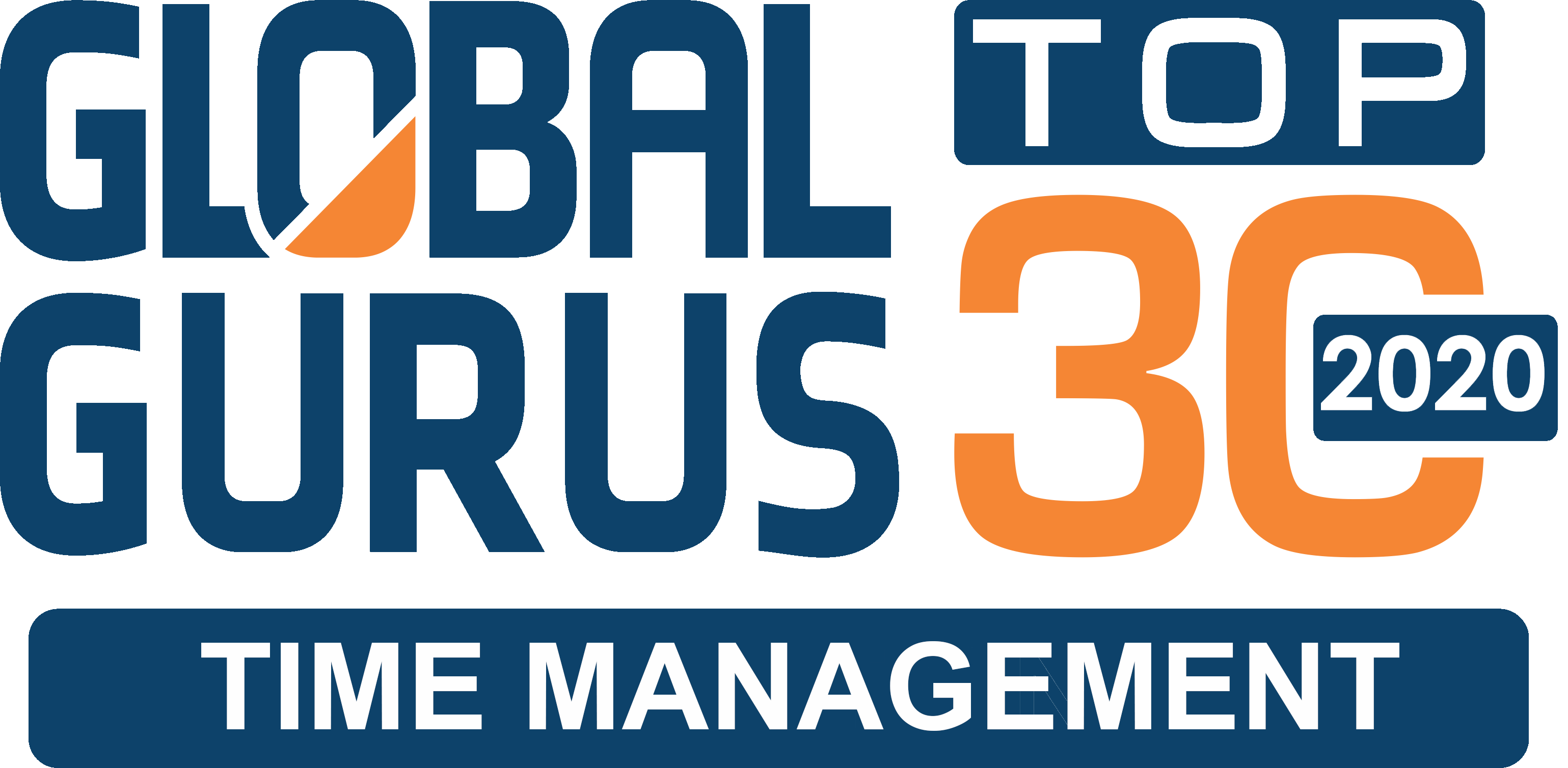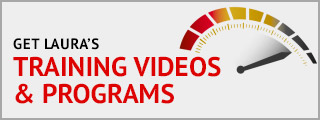 Email may be the ultimate double-edged sword of the Information Age.
Email may be the ultimate double-edged sword of the Information Age.
It’s never been easier or cheaper to communicate, which seems wonderful at first glance. Productivity should come easier than ever, right? In many ways, it does. But ironically, cheap and easy communication also means the signal-to-noise ratio is worse than ever. With email, we have to filter out the productive datapoints from the static of spam, lengthy threads, endless CC strings, single replies of “thank you,” and noisy “Me To” people.
On the one hand, we don’t need email adding more to the information blast we face daily. On the other, we do need email to receive new tasks, deliver our work, stay informed on developments in our field, maintain contact with coworkers, network with colleagues, serve our customers, prospect for new clients, and stay updated with our teams. In the near future, unless technology changes dramatically, email is here to stay.
So how do we use email productively? By reducing the inflow, so you can minimize the noise. Here are a few ideas on how to do it:
- Unsubscribe. I am a tyrant about unsubscribing to unwanted lists. When I was the president of the National Speakers Association a couple years ago, suddenly hundreds of speakers subscribed me to their newsletters. I simply unsubscribed from each one I didn’t request. Hey, my productivity needs are more important than worrying about hurting someone’s feelings. Perhaps you subscribed to a newsletter at one point, but now you just delete it without reading it. It is fine to change your mind and click the unsubscribe link at the bottom of the message.
- Stop forwarding. So many people think they’re being helpful by forwarding something of interest to you. I’d say one in twenty times I’m really interested, so I’m really careful when I forward an email to others. “Will this really be impactful to him, change the course of his day, or is it something it’s likely he never would have seen?” Tough criterion. I definitely don’t want to be the cause of email overload for someone else.
- Instruct people not to “Reply All.” If you must email a group of people to get input, specifically tell them, “To cut down on email for everyone, please do NOT use the “Reply All” button. Hit Reply to me only with your response, and I will tally the answers and send one email out to the group.”
- Limit the back and forth scheduling emails. When I’m scheduling a meeting with multiple people outside my office, I love Doodle.com. Recipients receive a single email with a link to an online poll, where they go to “vote” on a good day/time for a conference call. After all attendees have voted, you can easily see the most popular slot and send the final result to the group.
- Set up a Rule to Move email to a folder. You can create a rule to automatically move any email with “Facebook” or “LinkedIn” in the subject line to a folder. Or automatically move email from a certain person to the Deleted Items folder. Or move any CC messages out of the inbox. In MS Outlook, simply right-click on someone’s email, go down to Rules, and select “Create Rule.”
- Take a poll. In MS Outlook, start an email as usual and click the Options tab. Click Use Voting Buttons in the Tracking group. Select Custom. Type in your answers, each one separated by a semicolon. For example, if you want people to vote on a choice of restaurants for lunch, include choices such as Qdoba;Panera;Noodles;Mimis. You may include as many items as you’d like. Click Close. Send the email as usual. When recipients receive the email, they will click the Vote drop-down menu in the Respond group. Once someone responds, you can open the email in your Sent Items folder, and click the Tracking button to see the individual votes and cumulative tally.
- Ask people to stop sending you jokes and advertisements. Make a polite request, telling them the truth: you need to cut back on unproductive email. No need to be rude, though some people may be offended anyway. I recently asked an artist to remove me from her emails selling her artwork (I’m not into art and wouldn’t ever be buying hers). I was amused at how offended she was—to the point she asked to be removed from my newsletter list—which doesn’t hurt my feelings. Your self-esteem should never hinge upon whether someone’s on your list, and don’t take it personally if what you provide isn’t of value. There’s simply no time for the trivial.
- Use the “reverse assumption” approach. On routine items, rather than waiting for approval or permission, I don’t ask the recipient for acknowledgement. I simply state, “There’s no need to reply; if I don’t hear from you, I’ll assume (x) is correct, and I’ll do (y). For example, if I’m giving a seminar at a client site that I work with quarterly, I’ll send the timed agenda, saying, “I assume we’re breaking for lunch as usual from 12:00 to 1:00, and I’ll plan around it. If that’s not the case, let me know—see you soon.” People are relieved to simply hit delete.
- Stop it with the “Me-Too’s.” Some people just want to hear themselves “talk,” and they chime in with annoying “me too!” type responses, without having anything new to add to the conversation. Don’t respond just to agree with the obvious. If someone has asked for your opinion, or there’s a contentious issue, fine. If not, chiming in clogs other people’s inboxes and generates further rounds of unnecessary emails.
- Use the delete key liberally. Most emails are unimportant. If you don’t need it, delete it—don’t leave it in your inbox like a huge filing system you’ll have to weed through and “clean up” later. If you can’t bear the thought of missing the email, forward it to your home account so you can deal with it there.
- Use a filtering application. Install a spam-blocker so obviously commercial email either bounces off or goes into a special folder you can then review at your leisure. We use Vipre server side and Microsoft Office 365 locally to filter email.
- Block the sender. For unwanted email that still gets through, add the sender to your blacklist, so the email program will automatically move future messages from that person when they arrive (in MS Outlook, click Junk, and then Block Sender). Doing this will move the email to your Junk Mail folder and add the sender to your “Blocked Senders” list, which you can review occasionally, just in case it was filtered incorrectly.
- Set up a whitelist. If you want to cut way back on your email, set up a “whitelist.” A blacklist tells your email client whom you don’t want to see email from, while a whitelist tells it that you only want to see email from specific addresses. You can create a “secret” email address, and only people from your team, your boss, and your spouse, for example, can get through. For everyone else, you can set up an autoresponder telling them how to get a hold of you if they really need to.
- Use a challenge/response email service. Services like Spam Arrest ensure that only those you really, really want to hear from can get through. People must prove they are really a person, so it’s inconvenient to the sender; however, these programs have the added advantage of allowing in those you forgot to add to your whitelist but should have.
A Final Suggestion
One of email’s primary purposes, it seems, is to distract us when we’re busy. If you leave your email alerts checked, that little ding or desktop alert always seems to sound just when you’re really on a roll with your productive work. Many of us instantly stop what we’re doing to read the email, voluntarily breaking our focus only to have to try to recapture it moments later. As you may know from experience, it can take 15 minutes or more to refocus…and ding, there it goes again.
To preserve your productivity, turn off your global email alerts, and then turn ON a Rule to play a sound when a certain person (like your president) emails you. If you interrupt yourself, at least you know the odds are higher that it’s a priority message.
If you’ll follow the preceding suggestions, you’ll save a surprising amount of time messing around with your email…maybe even enough to go home on time!


